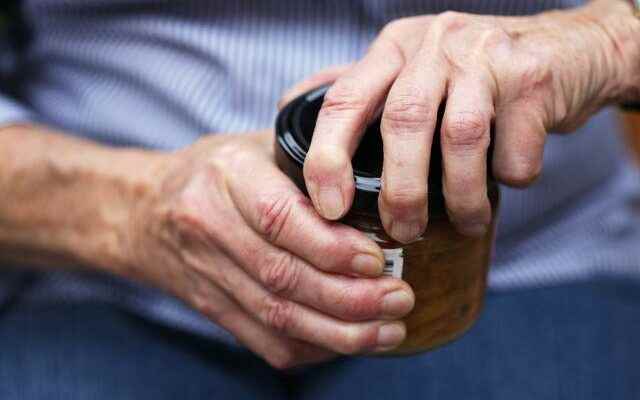If you had a crystal ball, what would you like to know? Probably one of the first questions will be to find out your date of death. Predicting the future may seem like science fiction, but your body gives some clues about your overall longevity. A new study has revealed the relationship of grip strength to mortality.
Opening jars is a reflexive act. You will be more careful when you learn how important it is to open jars. This is because grip strength is an effective screening tool for different health conditions.
If someone, no matter their age, has low grip strength, it may be an indication of underlying health problems: Handgrip strength has already been linked to health conditions in young adulthood.
MAY HAVE A HEART AND LUNG PROBLEM
Numerous studies have shown that low hand grip strength can be a symptom of health conditions related to heart and lung problems. Some studies have also previously revealed that those with low grip strength have a lower life expectancy.
THE IMPORTANCE OF HAND GRIP STRENGTH
A recent study published in the BMJ sought to establish an objective standard for grip strength that could be applied to the general population. By doing this, the researchers hope to provide doctors with a threshold of hand grip strength that a doctor should consider sending their patient to for further examination.

The results of the study provide standardized thresholds that directly correlate hand grip strength with remaining life expectancy, thus enabling practitioners to identify patients at high risk of mortality early.
HOW WAS THE EXPERIMENT DONE?
Grip force is measured by squeezing a dynamometer with one hand. In the study, the patient is asked to make two attempts with both hands. The detail that the person does the jar opening process sitting or standing is an important detail. They compared the grip strength of individuals not with a healthy reference population, but with individuals comparable in gender, age, and height.
The findings point to an increased risk of death at a more sensitive threshold than predicted in previous studies.
The results suggested that those below the average of a comparable population (taking into account a person’s sex, age and height) are indicative of health risks leading to premature death.
